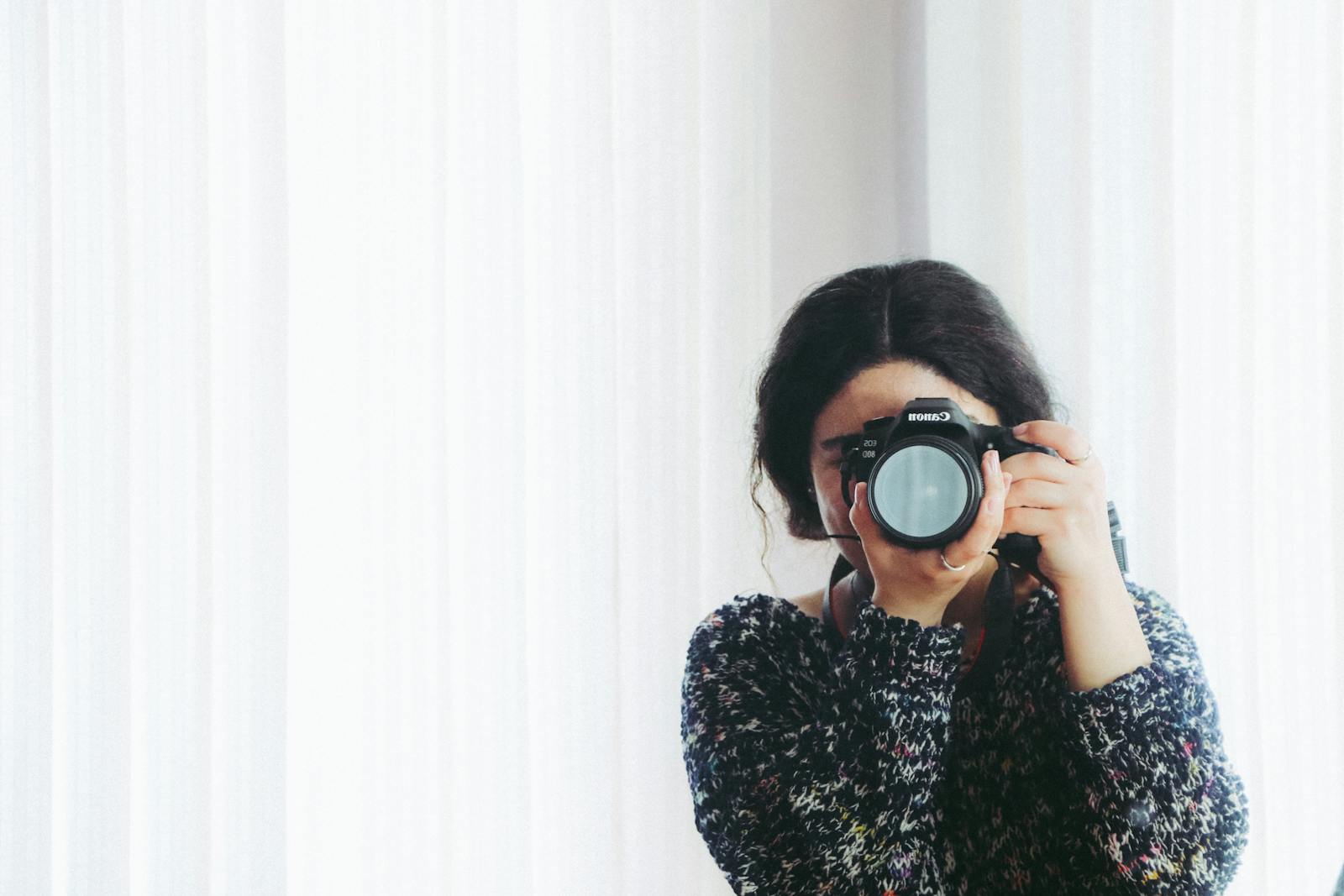In a world dominated by vibrant hues and hyper-saturated social media feeds, black and white photography might seem like a relic from a bygone era. And yet, within those grayscale images lies a timeless, evocative power—one that color, for all its richness, often struggles to replicate. To explore black and white photography is not to dismiss color, but to engage in a more deliberate, intimate dialogue with shadow, light, and form. It’s less about what you see and more about how you feel when you see it.
Black and white photography is often called “monochrome,” a term that may sound clinical but actually refers to the artistic choice of limiting a composition to varying shades of one color—usually gray. This limitation is its secret strength. By removing color, a photographer is forced to reckon with other visual elements: composition, texture, contrast, and emotion. These are the bones of an image, the foundation on which everything else is built.
At first glance, a black and white photo may seem stark or simple, but spend a few extra seconds with it, and it begins to unfold. You notice the way light falls on a subject’s face, the way shadows carve through a city alley, or how fog softens the contours of a lonely tree. The absence of color shifts your attention; it slows your perception, encouraging you to savor each element in the frame. This kind of viewing is rare in our fast-scrolling age, and it offers a reward that is both aesthetic and meditative.
There’s also something inherently nostalgic about black and white imagery. Part of this is historical—early photography was exclusively monochrome, and so we associate it with the past. But nostalgia in this context isn’t necessarily about longing for what once was. It’s about the mood. Black and white photos feel more timeless, more universal. They strip away the distractions of color trends or fashion choices and invite us into a more essential version of the moment captured.
Consider the legendary works of photographers like Ansel Adams, Dorothea Lange, or Henri Cartier-Bresson. Adams’ majestic landscapes of the American West don’t just depict geography—they evoke silence, awe, and eternity. Lange’s iconic “Migrant Mother” isn’t just a portrait; it’s a window into resilience during the Great Depression. Cartier-Bresson’s street scenes pulse with life, irony, and humanity, all communicated without the need for a single hue. These photographers understood that monochrome was not a limitation—it was a language. And they spoke it fluently.
Today, with smartphones and digital cameras offering advanced color sensors and AI-driven enhancements, black and white photography might seem like an unnecessary aesthetic choice. But perhaps that’s why it’s more meaningful than ever. In an era of visual overload, simplicity has become a kind of rebellion. A well-composed black and white photo has the power to stop you mid-scroll, to make you lean in when everything else demands you scroll on.
There’s a unique discipline involved in shooting in black and white. Unlike in color photography, where a striking red or golden hour light can carry an image, black and white forces the photographer to think in terms of structure. Light and shadow become tools of storytelling. Contrast defines mood. Lines, patterns, and negative space take on heightened importance. Photographers must develop an almost sculptural sense of seeing—shaping the world not with pigment, but with luminance.
Interestingly, black and white photography also lends itself to abstraction. When color is removed, a subject’s literalness can fall away. A weathered hand becomes a map of wrinkles and veins; a rain-soaked street becomes a mirror of glistening streaks. Stripped of chromatic context, these images start to live in the imagination. Viewers fill in emotional tones, project their own memories, and respond on a more instinctive level.
For portraiture in particular, black and white holds a special magic. There’s an intimacy in a monochrome portrait that often feels lost in color. Skin tones, while beautiful in their diversity, can sometimes pull focus from a subject’s eyes, or from the expression captured in a fleeting moment. In black and white, every crease, every glint of light in the eye, every subtle smile becomes more pronounced. There’s nothing to distract the viewer from the essence of the person in front of the lens.
It’s not just the content of black and white photography that holds appeal—it’s also the creative process behind it. Shooting in monochrome encourages mindfulness. It makes you pause. It demands more from both the photographer and the viewer. In a sense, it becomes a practice in visual listening—paying attention not just to what’s loud and obvious, but to what whispers. The grain of old wood. The fog in the morning. The reflection of a face in a train window.
There’s also a fascinating tension between modernity and tradition in black and white photography today. On the one hand, digital editing tools like Lightroom or Photoshop allow for meticulous control over highlights, shadows, and tonal curves. On the other hand, film photography is experiencing a passionate revival, and black and white film stocks like Kodak Tri-X and Ilford HP5 are being rediscovered by a new generation of artists and hobbyists. In both cases, there’s a desire to engage more deeply with the medium—to get beyond the surface and into the soul of an image.
For many photographers, black and white represents not just a style but a statement. It says: “Look deeper.” It insists on mood over spectacle, emotion over polish. It draws on traditions while feeling utterly fresh. It reminds us that less can be more—and that silence, in its own way, can speak volumes.
Ultimately, exploring black and white photography is not about choosing one palette over another. It’s about learning to see differently. To appreciate subtlety. To recognize beauty not just in the dazzling colors of a sunset, but in the quiet grace of a single beam of light crossing a room. In doing so, we become more attentive not just as photographers or viewers, but as people.
In a culture obsessed with more—more pixels, more filters, more everything—black and white offers a return to the essentials. It’s not a retreat, but a refinement. A distillation. And like all great art, it reminds us that sometimes, the most powerful stories are told in the fewest words—or in this case, the fewest colors.











